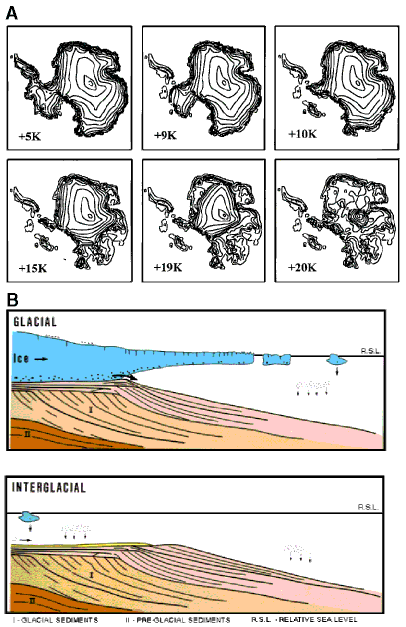Figure 1. A. Geographic extent of a stable Antarctic Ice Sheet for different mean temperatures at
sea level (5, 9, 10, 15, 19, and 20 K) above current temperatures (Huybrechts, 1990). The higher
temperature models provide a guide as to which areas would have developed ice cover during the
earliest phases of Cenozoic cooling. At the highest model temperature (+20 K), the ice sheet is
small, centered in the Gamburtsev Mountains, from which drainage flows into Prydz Bay. At lower
temperatures, the ice extends toward the coast, first reaching it in Prydz Bay and the Ross Sea. B.
Development of shelf sequence geometry under the influence of glacial ice. When ice extends to the
shelf break, sediment in basal ice is delivered to the upper slope, which then progrades. The shelf
may erode or receive a blanket of compact till forming topsets. During periods of reduced ice cover,
the shelf and slope receive siliciclastic sediment from icebergs and biogenic sediment from
phytoplankton production in the water column.

To 188 Figure 2
To 188 Table of Contents

